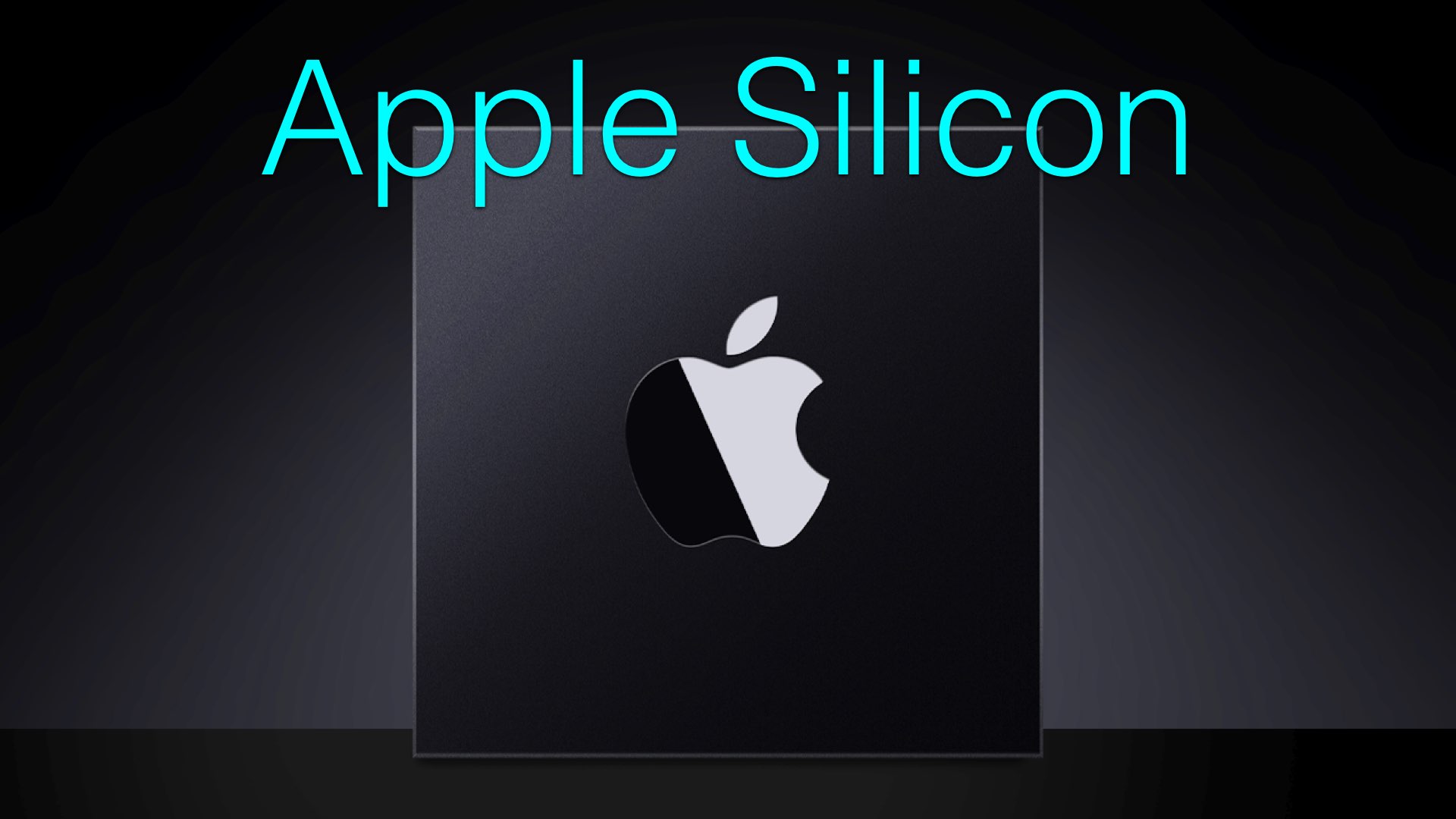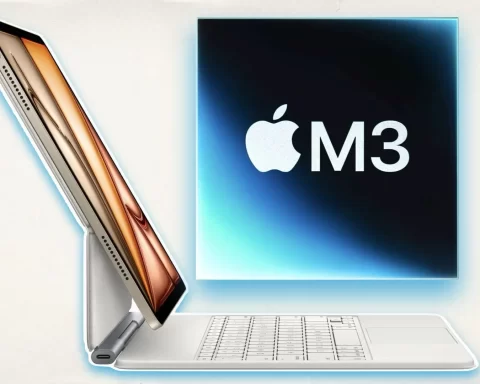Apple is finally ditching Intel and implementing its own ARM-based processors, called Apple Silicon. This “Historic day” will result in better and enhanced performance for the ProApps. Read on.
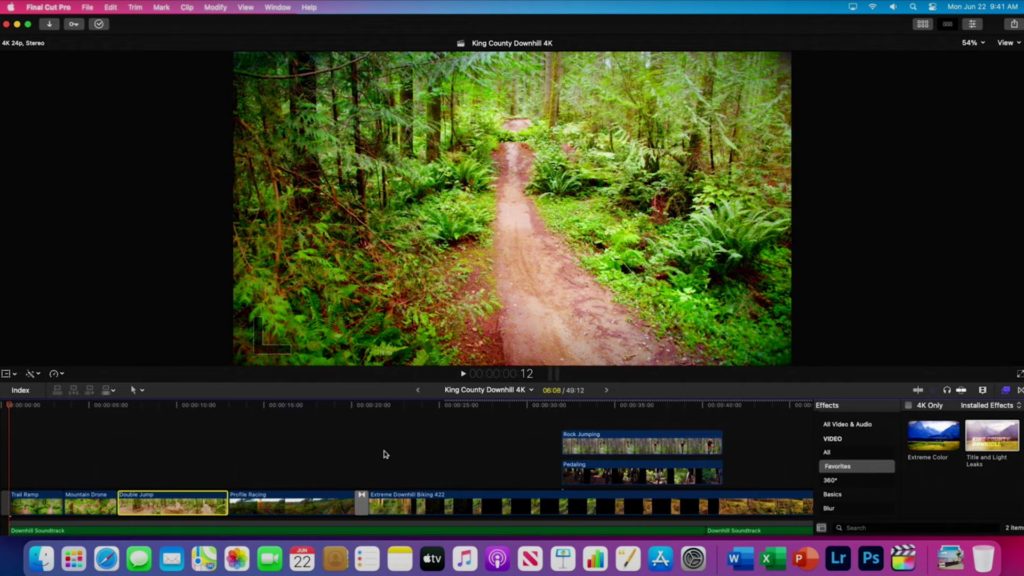
Apple Silicon
It’s not a secret that Apple has been building and refining its own processors called Apple Silicon for over a decade. Apple Silicon is the collective name for system-on-chip (SoC) and system-in-package (SiP) processors designed by Apple, utilizing ARM architecture. It has all started from the iPhone that demanded performance and capabilities that were seen as impossible in a device that small. Apple Silicon is recognized as the basis of the iPhone and iPad, and now is going to power Macintosh PCs in late 2020.
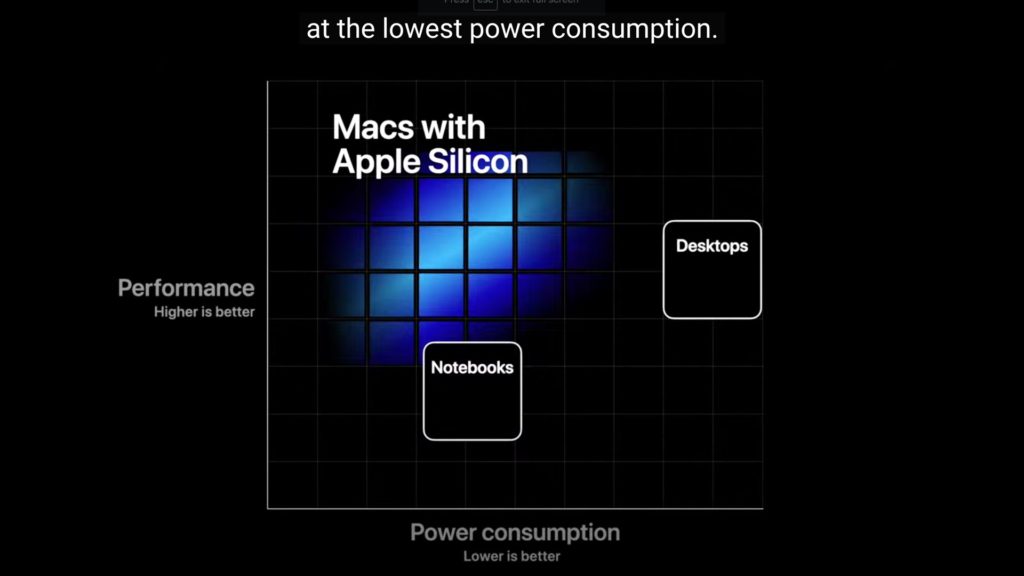
Today we’re announcing our transition to Apple silicon, making this a historic day for the Mac…Apple silicon will make the Mac stronger and more capable than ever.
Tim Cook, Apple’s CEO
Scalable architecture for utilizing and optimizing the ProApps
The goal is to develop a scalable architecture that is a custom design for Apple products for optimal performance. The key here is to optimize the performance per watt (according to Apple). Apple says that CPU performance on the iPhone has improved over a hundred (X100) times! Also, Apple claims that the most recent iPad is 1000 faster than the first generation, thanks to the ARM architecture. Thus, Apple has been waiting for the right time to implement and apply this technology into its Macs.
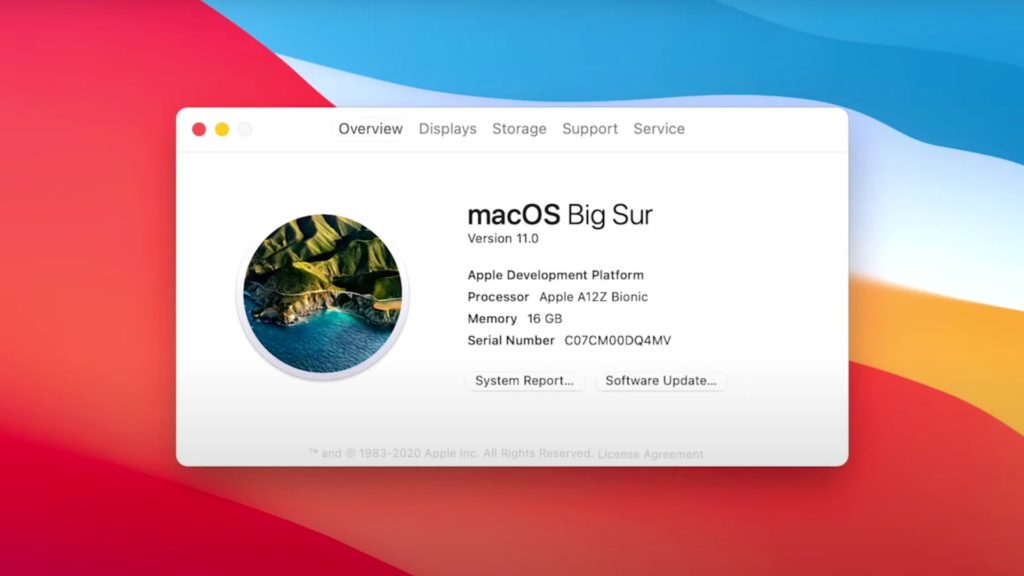
Native FCPX demonstration on Apple Silicon
The biggest addition this move to ARM-powered chips brings is the ability for iOS and iPadOS apps to run natively on macOS in the future. Basically, the Mac can run on the same architecture of Apple mobile devices. However, the possibilities are endless. Also, it’s important to emphasize that this configuration can utilize Metal with no issues. In the demonstration at WWDC, Final Cut Pro X was presented running on Apple Silicon for the first time. The demonstration showed playing back three streams of 4K ProRes video and applying filters and color correction in real-time with no dropping frames and/or other side effects.
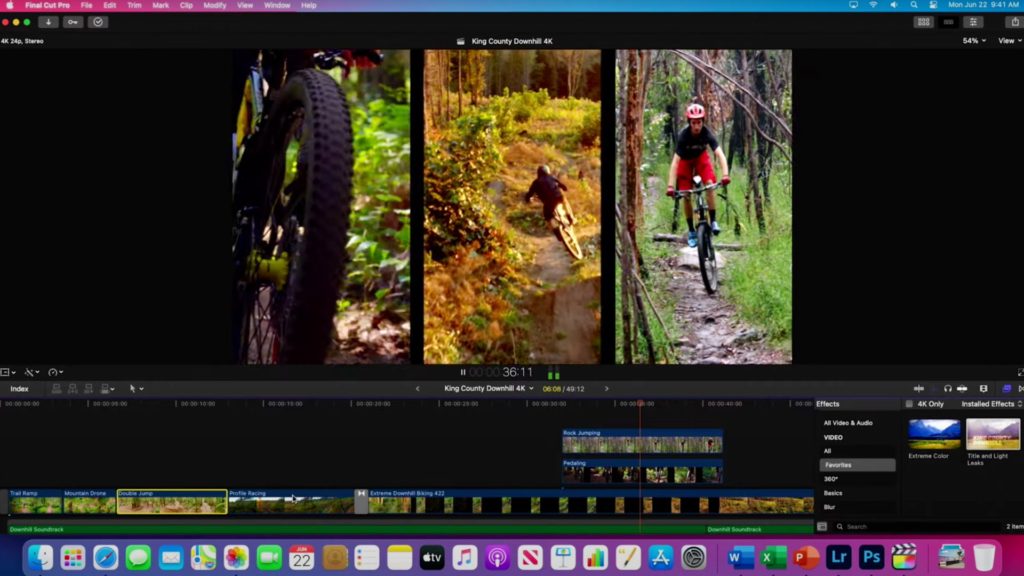
Schedule and future development
Apple plans to ship the first Mac with Apple silicon by the end of the year and complete the transition in about two years. Apple will continue to support and release new versions of macOS for Intel-based Macs for years to come and has exciting new Intel-based Macs in development. The transition to Apple silicon represents the biggest leap ever for the Mac. “From the beginning, the Mac has always embraced big changes to stay at the forefront of personal computing. Today we’re announcing our transition to Apple silicon, making this a historic day for the Mac,” said Tim Cook, Apple’s CEO. “With its powerful features and industry-leading performance, Apple silicon will make the Mac stronger and more capable than ever. I’ve never been more excited about the future of the Mac.”
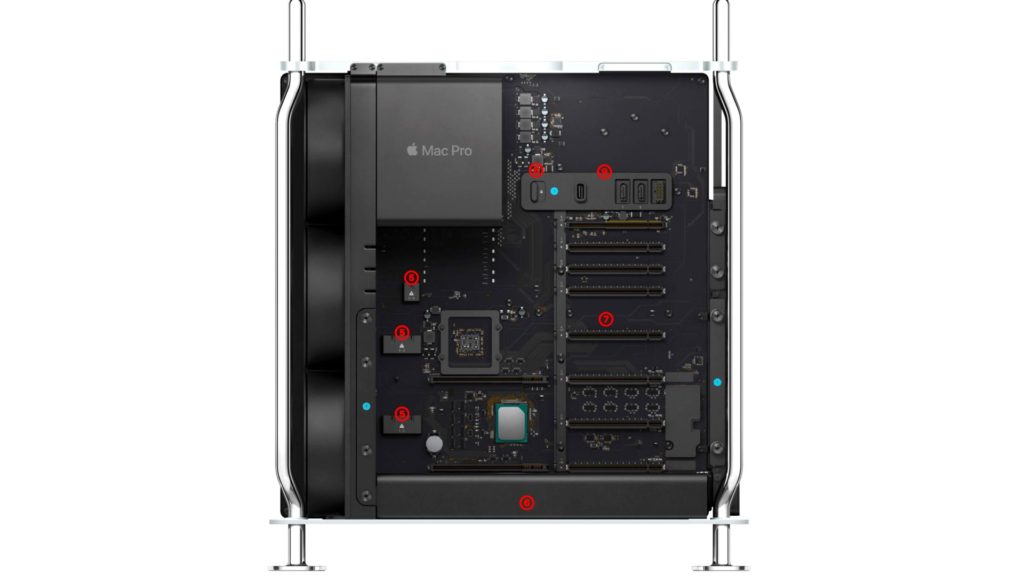
Apple will continue to support and release new versions of macOS for Intel-based Macs for years to come and has exciting new Intel-based Macs in development.
Apple
Interpretation
These are major news for filmmakers. Utilizing Apple’s ARM-based processors will allow better power management regarding its Macs, which means elevated performance. Also, the workflow can get improved. Imagine editing on FCPX natively on iPad, and then synchronize your cuts onto your Mac Pro. Besides, this move will contribute to improving Apple’s closed garden that will enhance drastically ProApps like FPCX, Logic Pro X, and even other apps like Premiere Pro and more.

